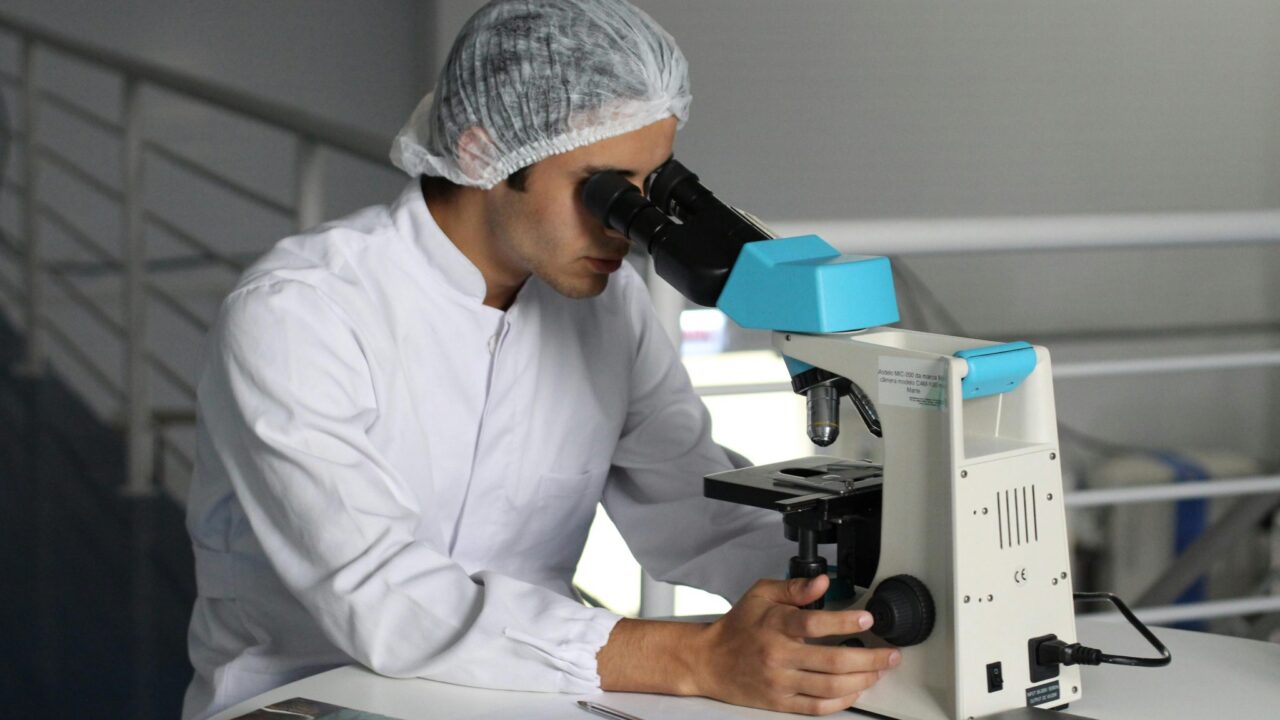The Global Virus Network (GVN), which represents human and animal virologists from more than 80 centres of excellence and affiliates based in over 40 countries worldwide, has issued a call-to-action to address the threat of H5N1 avian influenza, commonly known as bird flu.
GVN’s call-to-action was enshrined in its comprehensive analysis of the virus, entitled ‘Enhancing the response to avian influenza in the US and globally’, which was published in the medical journal, Lancet Regional Health—Americas recently.
The GVN has called on world governments to address the looming threat of bird flu by enhancing surveillance, implementing biosecurity measures, and preparing for potential human-to-human transmission.
The study advocated for a multi-agency approach and the implementation of proactive measures to prevent further widespread outbreaks, leveraging lessons learned from prior pandemics.
Chief medical officer of the GVN and dean of the College of Public Health, University of South Florida, Dr. Sten H. Vermund said: “Understanding the current landscape of H5N1 infections is critical for effective prevention and response.
“The virus’ ability to infect both animals and humans, combined with recent genetic changes, underscores the importance of proactive surveillance and rapid response measures.”
Bird flu
Since March 2024, when bird flu was reported in US dairy cows for the first time, the virus has affected nearly 1,000 dairy cow herds and resulted in more than 70 human cases, including the first confirmed death in the country, according to the GVN.
The US poultry industry was deemed at significant risk, particularly in areas with high-density farming and where personal protective practices may be lacking, the GVN has stated.
The highly pathogenic avian influenza virus is now circulating in all 50 states as well as in Canada, resulting in the loss or culling of more than 168 million poultry in the US alone since 2022.
While human-to-human transmission has not yet been documented, experts have warned that virus mutations and reassortments, or combining two flu viruses, could increase future transmissibility.
Head of the Viroscience Department at Erasmus Medical Center, The Netherlands, Marion Koopmans added: “Genomic surveillance is pivotal in tracking viral evolution and informing response strategies.
“Continued investment in surveillance at the human-animal interface, and immediate sharing of unusual field observations and sequence data is essential for researchers worldwide to monitor virus dynamics effectively.”
The GVN virologists have underscored the need for improved pandemic preparedness, drawing on lessons learned from the recent Covid-19 pandemic and previous viral outbreaks.
They advocate for a multi-faceted approach to pandemic preparedness, which includes:
- Enhanced surveillance: Continuous monitoring of animals, including testing of milk, wastewater, and individuals working with infected animals, to track virus evolution that may lead to human-to human transmissibility;
- Faster genomic data sharing: Accelerate the release of genomic data to track virus evolution and spatial transmission while fostering collaboration among global research networks;
- Improved farm biosecurity: Using personal protective equipment (PPE) and strict farm cleaning protocols to minimise human exposure and prevent virus spread;
- Plans for the roll-out of diagnostic tests: Advocate for self-administered diagnostic tests for farm workers, supported by healthcare access for frontline medical staff to enhance early detection;
- Strengthening public health infrastructure: Increase funding and support for response mechanisms, particularly in high-risk regions to better manage outbreaks;
- Investment in phenotype prediction from genetic data: Invest in predicting the phenotypes of avian influenza viruses from genetic data, as key traits are difficult to predict solely from genomic sequences;
- Investment in rapid vaccine development: Encourage the development and rapid deployment of vaccines for humans and animals, focusing on farm workers;
- Preparation for the roll-out of vaccines and therapeutics: Preposition clinical studies to rapidly assess the properties of emerging virus strains and potential treatments;
- Enable rapid clinical studies: Focus on enabling rapid clinical studies to assess key properties of new pandemic strains, evaluate new vaccines and treatments, and support modeling efforts;
- International collaboration: Support a coordinated global response to track data, share research, and prepare for emerging viral threats to reduce community vulnerabilities and improve response strategies.
While some surveillance of bird flu has been carried out, the GVN highlighted the lack of comprehensive testing and monitoring to assess the virus’s spread and risks to public health.
Founding director of the Center of Infection Medicine and Zoonosis Research at the University of Veterinary Medicine Hannover, Prof. Ab Osterhaus emphasised the urgency required of the global community to tackle bird flu:
“Given the growing circulation of H5N1 among mammals, the GVN calls for urgent efforts to understand and interrupt transmission in cattle through herd management and potential vaccination.
“Strengthening surveillance at animal-human interfaces is crucial, as current monitoring efforts are insufficient to guide effective prevention strategies.”

